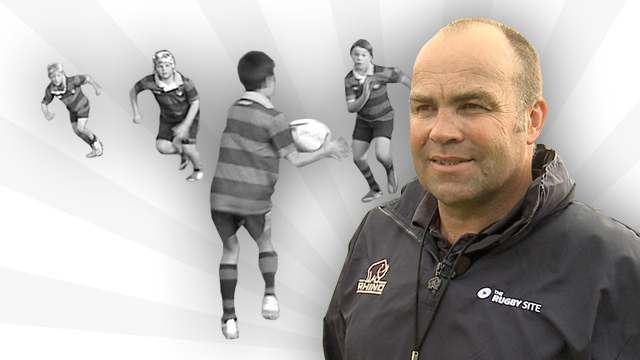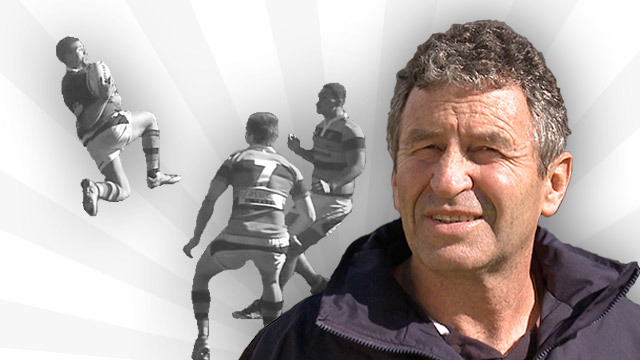I break down playing seven into four key components.
You have to be a good tackler. One of my predecessors in an All Blacks shirt Michael Jones was one of the greatest tacklers of all time. He was so quick and so strong he could turn a man when he almost seemed past him.
You have to be able to clear rucks, like George Smith of Australia used to do so often. I put Smith up there with Thierry Dusautoir at the top of flankers I have played against.
You have to put pressure on the ball carrier and a few ‘septs’ from France, like Dusautoir, spring to mind here.
Fourth, a good openside has to be a good ball carrier – he has to be able to support and break tackles and offload, like so many of the top South Africans who grow up on hard grounds made for running. It sounds simple but, because the flankers often play where the cannon fire is loudest, you have to keep a clear head to achieve it all.
It is easy to be sucked down the wrong channel. The key thought for me is to stay in motion near the ball. That doesn’t mean you run around like a headless chicken. Think more about Roger Federer always moving his feet to be ready for the next shot. I am always moving my feet to be ready for the next hit. If I can stay close to the ball as often as possible, then I am in with a chance of doing my job.
I have been known – suspend your disbelief – to get in trouble with referees, but I am always striving to stay the right side of a law that changes day by day. A good 7 has to know his lawbook and he has to work out the referee of the day very quickly. Some refs are very technical and some rule with a feel for the game. You have to get onside with each and every one of them from right the start. So move your feet and move your mind. Keep running and keep thinking. And keep working. I am currently striving to improve my ability with ball in hand. You can always get better. The game never stands still and neither should a good 7.






















